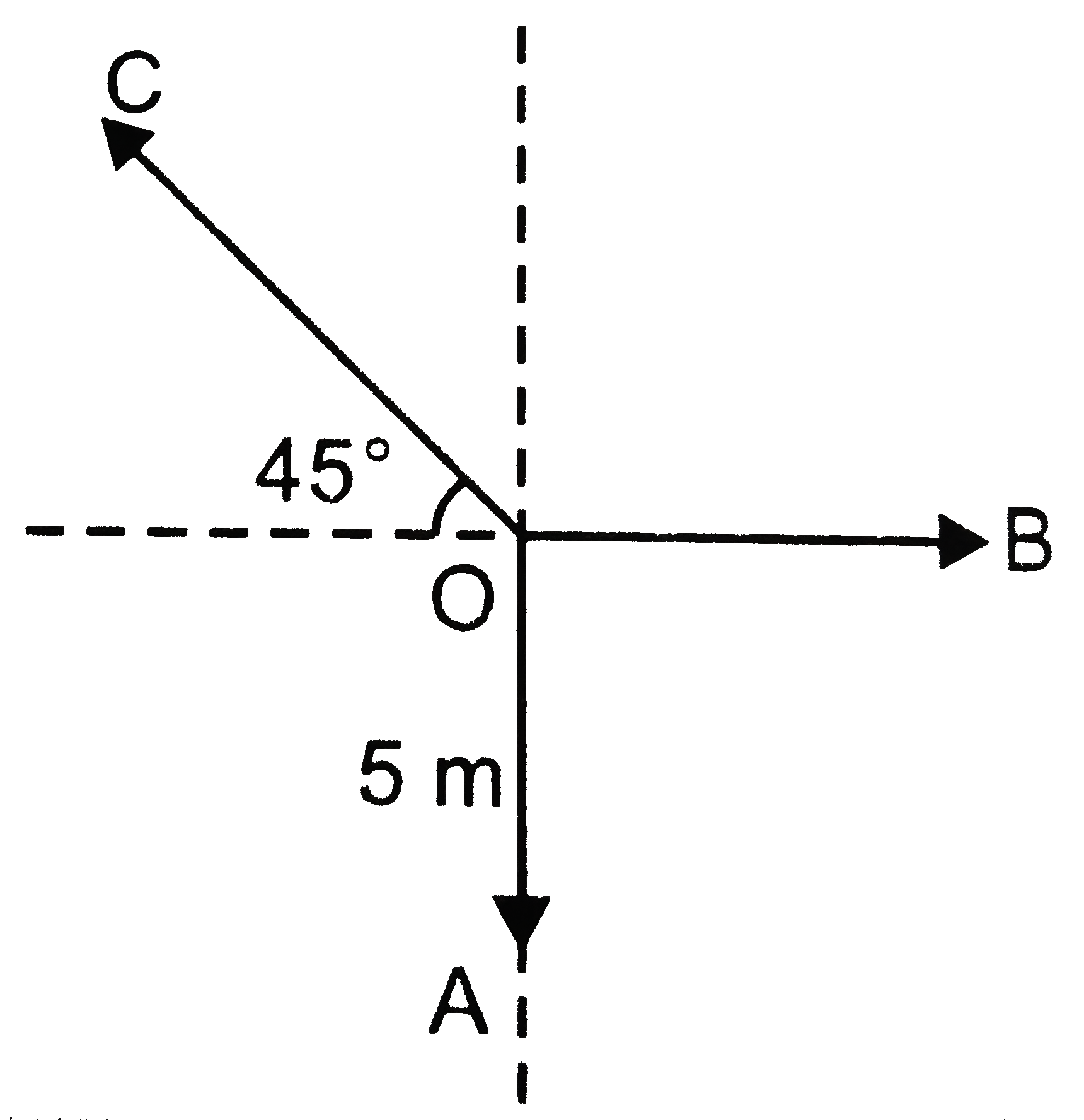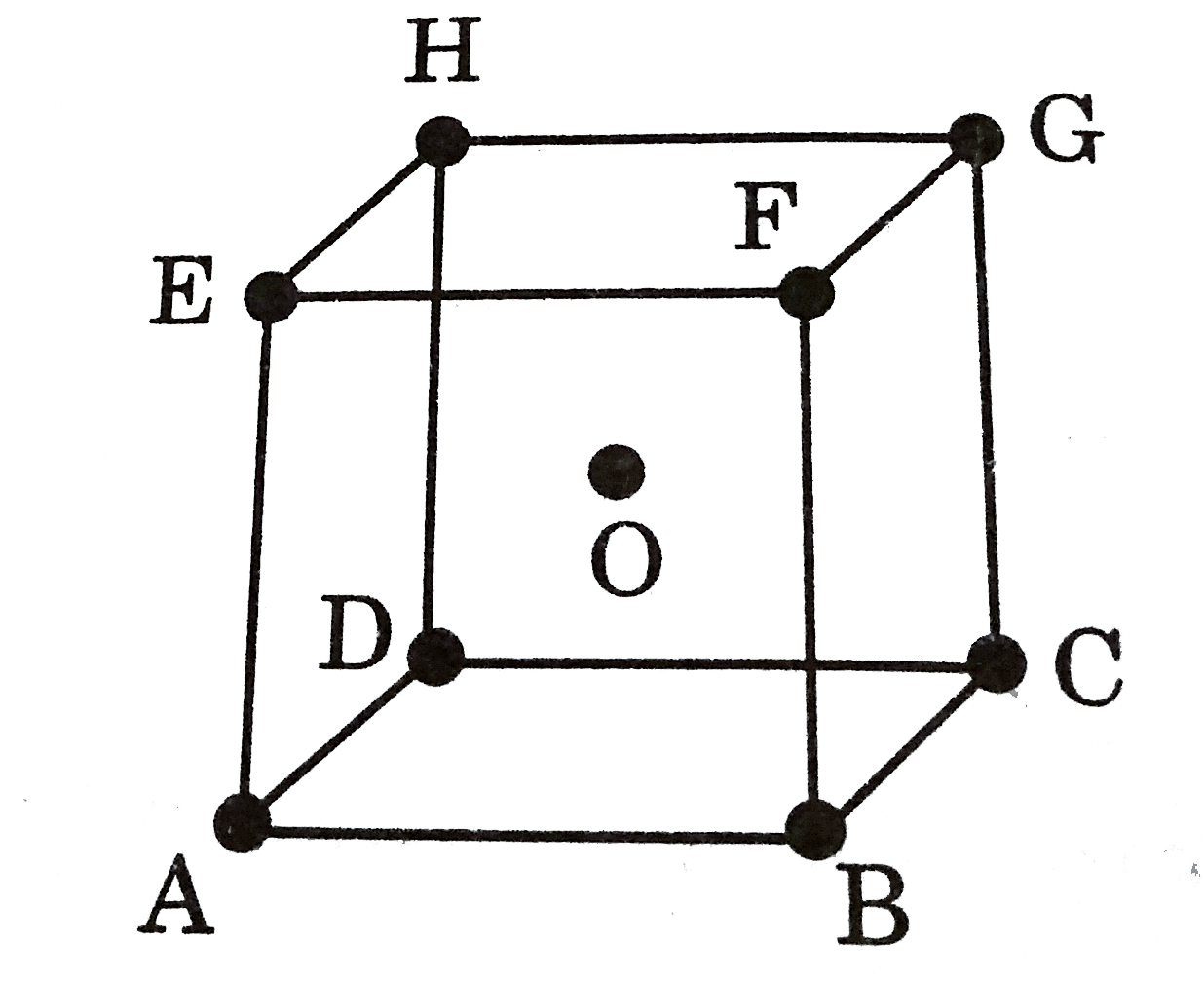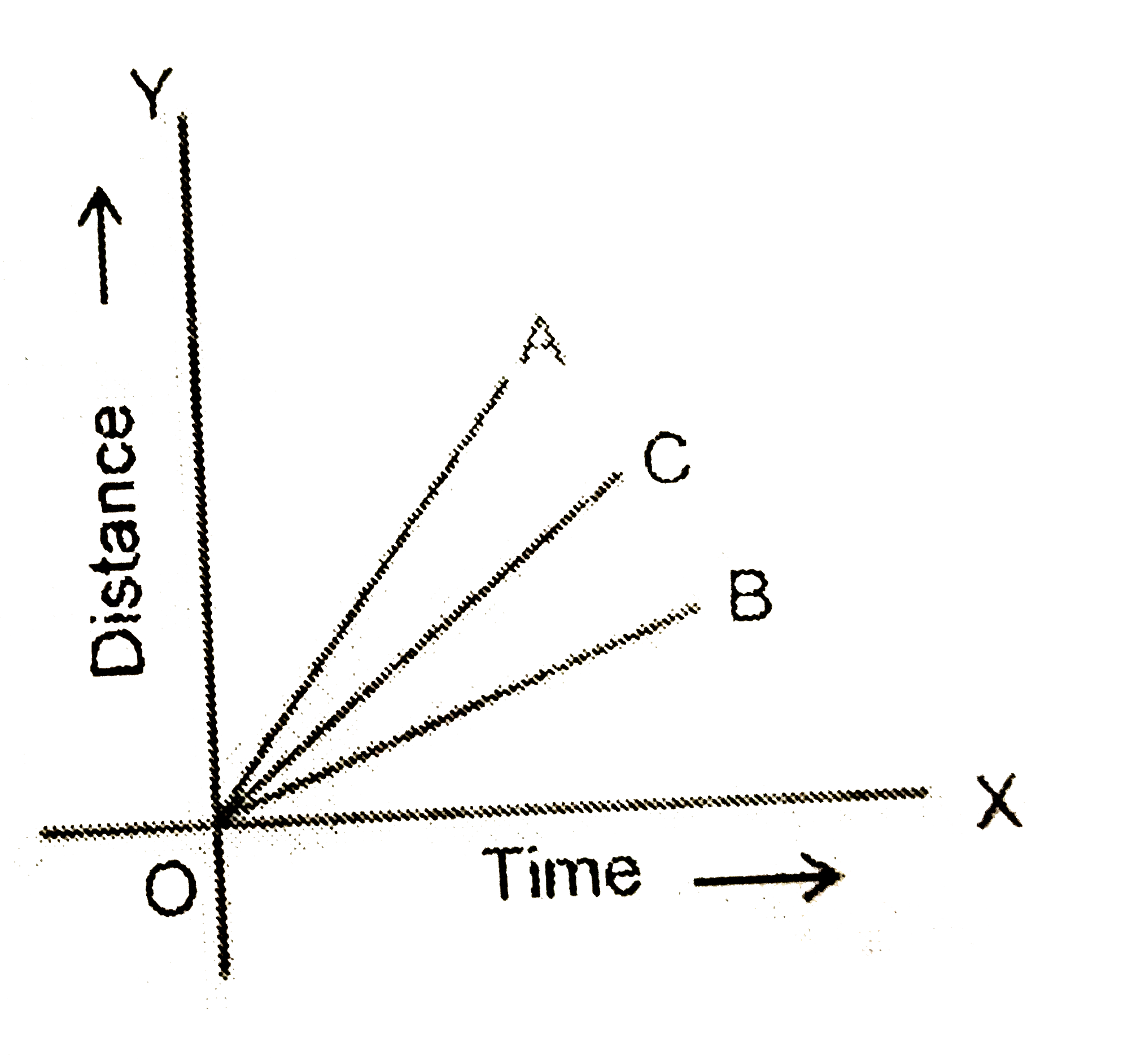Consider the motion of three bodies as shown for an observer on B. what is the magnitude of relative velcoity of A with respect to C ?
 Solution in Gujrati
Solution in Gujrati
10 m/s
0
√20m/s
8 m/s
The correct Answer is:A
Step by step video & image solution for Consider the motion of three bodies as shown for an observer on B. what is the magnitude of relative velcoity of A with respect to C ? by Physics experts to help you in doubts & scoring excellent marks in Class 12 exams.
Topper's Solved these Questions
- BOOK - ALLEN CHAPTER - KINEMATICS-2DEXERCISE - Exercise (O-2)47videos
KINEMATICS-2D
- BOOK - ALLEN CHAPTER - KINEMATICS-2DEXERCISE - Exercise (S-2)14videos
KINEMATICS-2D
- BOOK - ALLEN CHAPTER - GRAVITATIONEXERCISE - EXERCISE 49videos
GRAVITATION
- BOOK - ALLEN CHAPTER - MOTION IN A PALNEEXERCISE - SOLVED EXAMPLE28videos
MOTION IN A PALNE
Similar Questions
A particle is moving in xy-plane .At certain instant the components of its velocity and acceleration are as follows ux=3m/s,uy=4m/s,ax=2m/s2anday=1m/s2. The rate of change of speed at this moment is
01:36View SolutionA particle travels so that its acceleration is given by →a=5costˆi−3sintˆj. If the particle is located at (−3,2) at time t=0 and is moving with a velocity given by (−3ˆi+2ˆj). Find
(i) The velocity [→v=∫→a.dt] at time t and
(ii) The position vector [→r=∫→v.dt] of the particle at time t(t>0).01:42View SolutionAssertion : The difference in the value of acceleration due to gravity at pole and equator is proportional to square of angular velocity of earth.
Reason : the value of acceleration due to gravity is minimum at the equator and maximum at the pole.04:24View SolutionA particle thrown over a triangle from one end of a horizontal base falls on the other end of the base after grazing the vertex. If αandβ are the base angles of triangle and angle of projection is θ, then prove that (tanθ=tanα+tanβ)
02:03View SolutionIf a,b,c are three mutually perpendicular vector each of magnitude unity,then what is the magnitude of |vec a+vec b+vec c|?
05:16View SolutionThe sum of three vectors shown in Fig. 2 ( c) . 77. is zero .
 .
.
(a) What is the magnitude of the vector −−→OB?<br>(b)Wˆisthemagnitudeofthe→−−→r vec (OC) ?03:35View SolutionThree point mass bodies of masses m, 2m and 4m are placed at A, B and C as shown in fig. where AB = BC = l . Find the magnitude of the resulatant gravitational pull on body at A due to bodies at B and C .
01:25View SolutionThree bodies A,B,C are at -27^(@)C, 0^(@)C, 100^(@)C respectively The body which does not radiate heat is .
06:35View SolutionA body centred cubic arrangement is shown below:

O is the body center, A, B, C, D, …,H are the corners. What is the magnitude of the angle AOB?05:47View SolutionThe distance- time graph for the motion of three vechicles,A , B and C are as shown in the figure , SA,SBndSC are the speeds, of A,B and C , respectively , compare the speeds of A, B and C.
 01:25View Solution
01:25View Solution___________ deals with the motion of bodies without considering the cause of motion .
01:25View SolutionWhat is meant by relative velocity ? Velocities of two bodies are vecu and vecv respectively and they are at an angle theta . Find the magnitude and direction of the relative velocity of one with respect to the other.
03:13View SolutionTwo bodies A and B are moving with velocities vecv_A and vecv_B respectively, making an angle theta with each other. Find the magnitude and direction of relative velocity of B with respect to A.
02:54View Solution___________ deals with the motion of bodies without considering the cause of motion .
04:59View Solution___________ deals with the motion of bodies without considering the cause of motion .
04:49View SolutionDuring the apparent change in frequency due to relative motion of source of sound and observer
(a) The frequency changes due to the motion of observer
(b)The wavelenght changes due to the motion of the source
(c) The apparent frequency is independent of velocity of medium03:35View Solution

